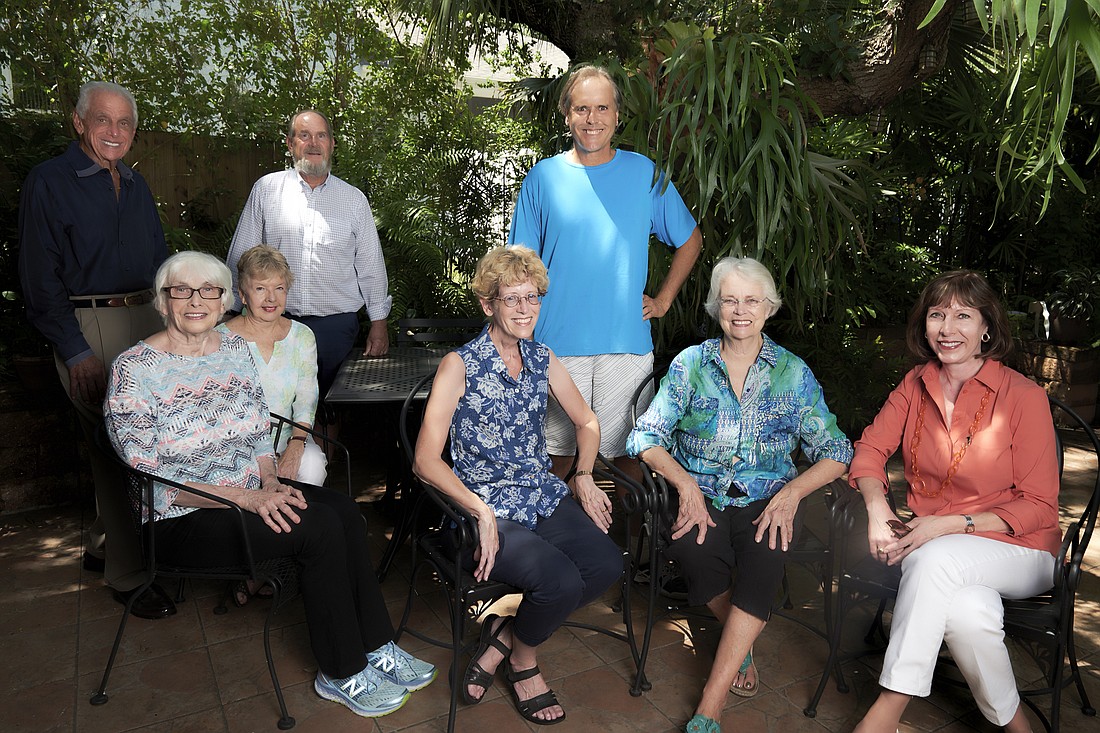- April 25, 2024
-
-
Loading

Loading

In the midst of the resident-activist group STOP’s campaign against the city’s development-review regulations, urban designer Chris Gallagher wants to stand up for the administrative-approval process that’s been the group’s leading target of criticism.
One of STOP’s main rallying cries is demanding an end to “the 13-year experiment” of administrative approval, which lets staff OK proposed downtown developments if they meet the standards outlined in the zoning code. STOP has said holding a series of public hearings for each project would give residents greater input on developments in their neighborhood, producing better results.
Critics of the group have worried a return to public hearings downtown could drag out the development process and discourage investment. But in an 11-minute online video, Gallagher goes one step further, challenging one of STOP’s core values.
“I don't know how you could possibly make the case that public hearings lead to better buildings,” Gallagher said.
He rattles off a list of projects, approved with public hearings, that have less-than-ideal design elements. One is the Walgreen’s at U.S. 301 and Fruitville Road, which places landscaping and a parking lot between the sidewalk and the building. The layout creates a suburban condition, Gallagher said, not suited for land near a walkable urban core.
He also names projects, approved under administrative approval, that are more in keeping with the principles of New Urbanism. Gallagher said developments such as Citrus Square, which he helped design, create an engaging experience for people walking around downtown. The current regulations helped foster these buildings, he said.
The video is posted under the banner of “Moving Forward.”
Another presentation on the same YouTube account, narrated by former City Commissioner Ken Shelin, is billed as “a response to misinformation and misleading claims by STOP.”
It’s a sign of the coalescing opposition to STOP, which launched in September and has seen hundreds of residents attend its public meetings. Gallagher described his presentation as an opportunity to have a go-to resource whenever people brought up STOP’s concerns about development in the city.
There’s not much other available information about Moving Forward. Individuals involved with the group, such as real estate broker Ian Black, did not share the organization’s plans for the future. Still, the group represents the first public effort of the development community to band together and challenge STOP.
“(STOP’s) got astute people involved with it who have some real experience with how to forward a particular agenda,” said real estate broker John Harshman. “A number of us recognized it as presenting one very slanted view of the issue.”
The pushback doesn’t surprise Kate Lowman, a member of STOP’s steering committee.
“We know it’s a David and Goliath situation,” she said. “We understand that the business and development industry is upset about the idea of losing administrative approval. I guess we knew this had to happen sooner or later.”
STOP remains steadfast in its pursuit of its core issues, including opposition to administrative approval. Lowman said the public hearing process would give residents an opportunity to discuss the site-specific details of the project with a developer, honing in on things such as the locations of entrances and the placement of outdoor trash bins.
She acknowledged that administrative approval produced some good projects, and public hearings produced flawed ones. But she also produced examples that fit her narrative. She pointed to the Q Townhomes on Ringling Boulevard, where a public meeting led to input that modified the points of entry for the project.
“The neighborhood was happier,” Lowman said. “The developer was happier, and it only happened because a public conversation took place where those desires were communicated.”
Harshman claimed the focus on hashing out small site-specific details was misdirection — that STOP’s real goal is fostering fewer developments. The group has rejected that accusation, stating that their goal is to produce quality growth, not block it altogether.
“It’s our intent to try to correct misunderstandings and to try to continue to put out a positive statement of what STOP is,” Lowman said.
Moving Forward is making a similar argument — its stated goal is to correct misinformation, to let residents know what’s really going on.
“We’re saying: Here’s the real facts,” Black said. “Here’s the way forward, and it’s not necessarily STOP.”
It’s unclear what side the public will ultimately come down on. As the back-and-forth intensifies, Lowman is unwavering in her belief that STOP is pursuing changes that are best for the city — and that reflect the desires of residents.
“I do think the degree of opposition indicates they’re taking us seriously,” Lowman said. “They’re worried. Let’s say, ‘Good — we’re just going to have to redouble our efforts to get the word out.’”